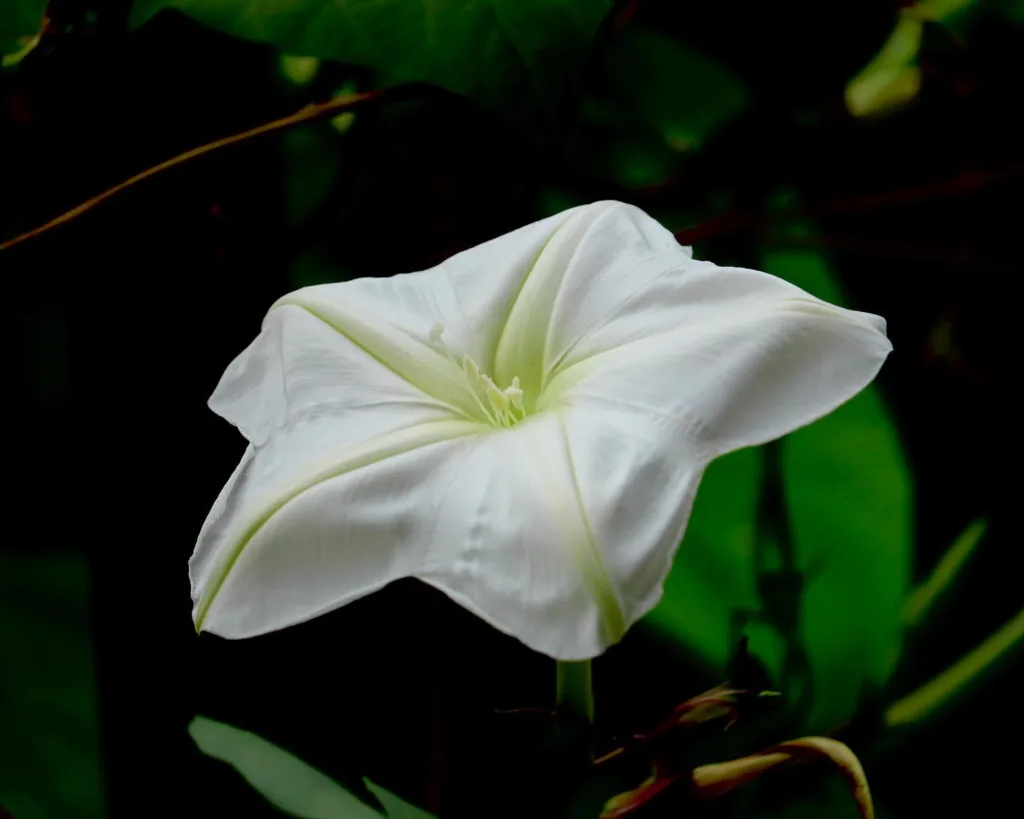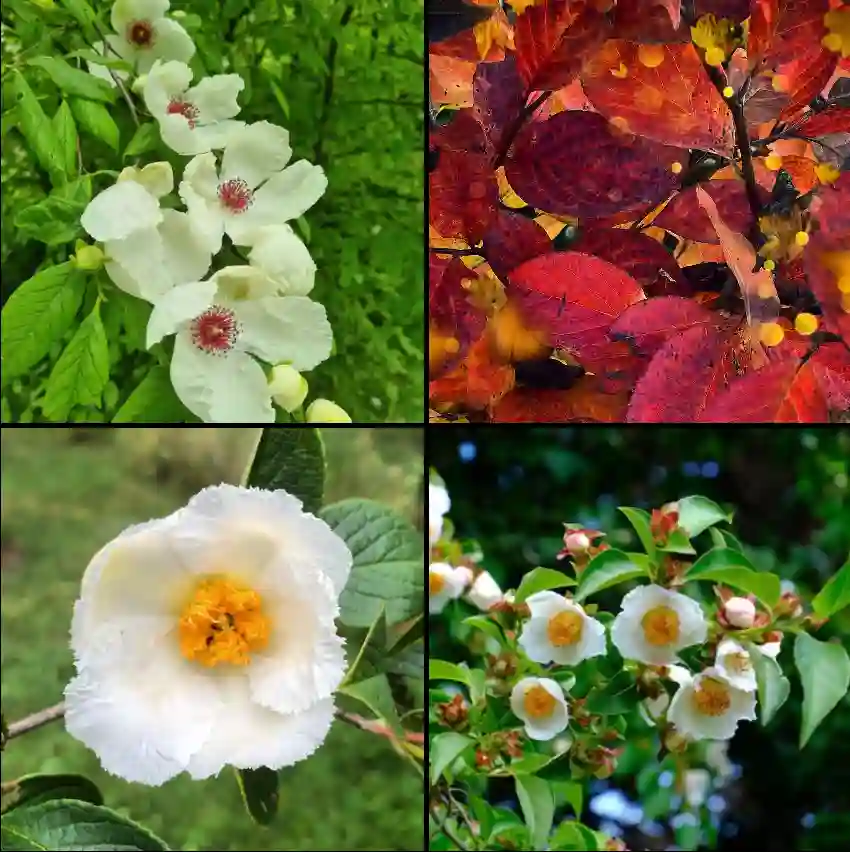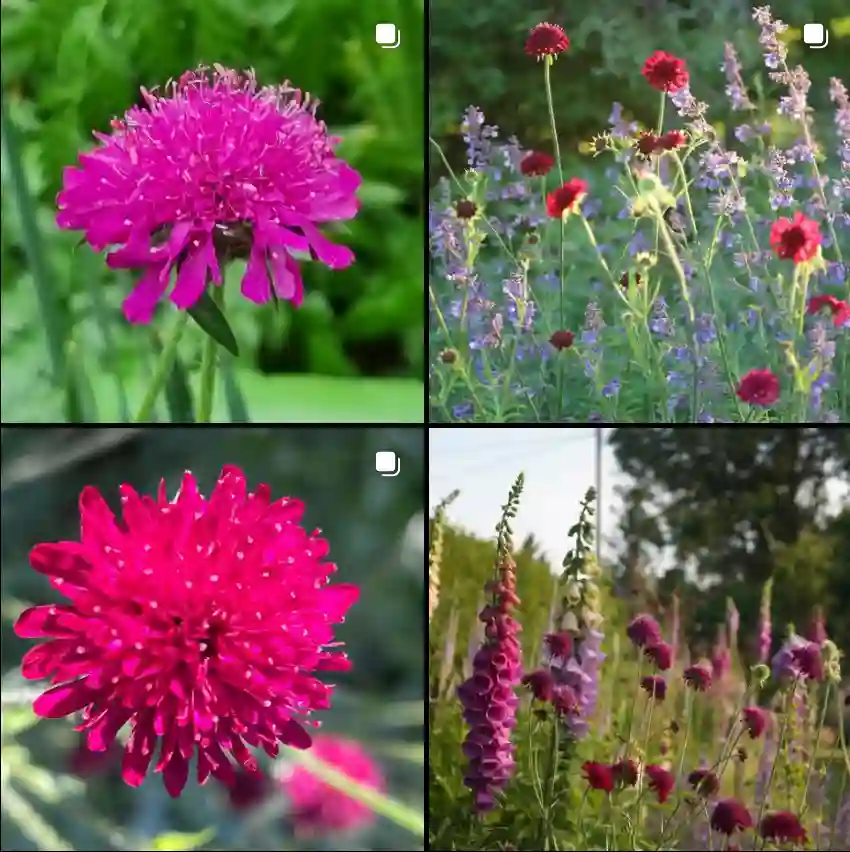
Tulipa Gesneriana: The Classic Beauty Lighting Up Gardens
Hi there, Ferb Vu here! Tulips are some of the most beloved spring flowers, and the Tulipa gesneriana, also known as the Didier’s tulip or garden tulip, is a true champion. Today, I’m going to answer all your burning questions about this magnificent flower.
97 Species in Genus Tulipa – Tulip Flower
What is Tulipa gesneriana?
Tulipa gesneriana is a bulbous perennial belonging to the Liliaceae family. These beauties boast large, showy flowers in a dazzling array of colors, from classic red and yellow to stunning bi-colors and even fringed varieties. Unlike some shorter tulips, Tulipa gesneriana stands tall, reaching heights of 16 to 24 inches, making a real statement in the garden.
This species is native to Central Asia, specifically modern-day Turkey, but its journey to our gardens began in the 16th century. Introduced to Western Europe in 1554, Tulipa gesneriana quickly captivated horticulturalists and became the foundation for the incredible diversity of tulips we enjoy today.
How to Care for Tulipa gesneriana?
Taking care of Tulipa gesneriana is relatively straightforward. Here’s what you need to know to ensure these tulips thrive:
- Planting: Plant your tulip bulbs in fall, ideally 6-8 weeks before the ground freezes. Choose a location with well-draining soil that receives full sun for at least 6 hours a day. Space your bulbs 4-6 inches apart and plant them to a depth of 2-3 times their own height.
- Watering: Water your tulips regularly during the spring growing season, especially during dry spells. However, avoid overwatering, as this can lead to bulb rot. Once the flowers have faded and the foliage starts to die back, you can reduce watering.
- Soil: Tulipa gesneriana prefers well-draining, fertile soil. If your soil is heavy clay, consider amending it with sand or compost to improve drainage.
- Fertilizing: You can give your tulips a boost with a balanced fertilizer in early spring, just as the foliage begins to emerge. Avoid using fertilizers high in nitrogen, as this can promote excessive foliage growth at the expense of flower production.
- Deadheading: Once the flowers fade, remove the spent blooms to prevent seed formation. This will help conserve the plant’s energy for next year’s display.
Winter Care: In colder climates, you may want to mulch your tulip bed with a layer of straw or leaves to protect the bulbs from harsh winter temperatures. Remove the mulch in early spring once the danger of frost has passed.
How to Propagate Tulipa gesneriana?
Tulipa gesneriana can be propagated by offsets, also known as bulbils. These are small bulblets that form around the base of the main bulb.
Here’s how to propagate your Tulipa gesneriana:
- Dig up the bulbs: After the foliage has died back in late summer, carefully dig up the tulip bulbs.
- Separate the bulbils: Gently remove any bulbils from the base of the main bulb.
- Store the bulbils: Store the bulbils in a cool, dry place for a few months.
- Planting: Plant the bulbils in fall following the same planting guidelines as for mature bulbs.
Be patient, as it may take a few years for the bulbils to mature and produce flowers.
What to Plant with Tulipa gesneriana?
Tulipa gesneriana pairs beautifully with a variety of other spring-blooming plants. Here are a few ideas:
- Pansies and violas: These colorful, low-growing flowers add a cheerful touch to the base of your tulips.
- Forget-me-nots: Their delicate blue flowers create a charming contrast with the bold colors of tulips.
- Daffodils: These cheerful yellow flowers complement the vibrant hues of tulips and share similar growing requirements.
- Grape hyacinths: Their small, fragrant clusters of flowers add a touch of elegance to the spring garden.
By combining Tulipa gesneriana with other spring bloomers, you can create a stunning and vibrant display that will brighten your garden for weeks.
Conclusion
Tulipa gesneriana is a timeless classic, offering elegance and beauty to any garden. With its easy-going nature and stunning flowers, this tulip is a perfect choice for both novice and experienced gardeners alike. So, plant some Tulipa gesneriana this fall and enjoy the show come spring!
If i die, water my plants!



